Introduction to Faces:
- Introduce the concept of faces using common 3D shapes such as cubes, rectangular prisms, pyramids, and cylinders.
- Show students how to identify and count the faces of these shapes.
Counting Faces:
- Provide practice problems where students can count the number of faces on different 3D shapes.
- This can be done through worksheets or interactive activities.
Real-life Examples:
- Encourage students to identify 3D objects in their environment and count the faces of those objects.
- This could include everyday objects like boxes, dice, and building blocks.
Drawing 3D Shapes:
- Have students practice drawing different 3D shapes and labeling the faces.
- This visual activity can help reinforce their understanding of the concept.
Review and Assessment:
- Conclude the study guide with a review of the concept of faces.
- Include an assessment to test students' understanding, such as multiple-choice questions, drawing exercises, and real-life application problems.
[Faces] Related Worksheets and Study Guides:
.◂Math Worksheets and Study Guides Fourth Grade. Money
Study Guide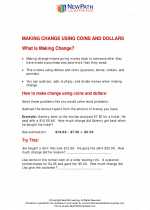 Money
Money  Activity Lesson
Activity Lesson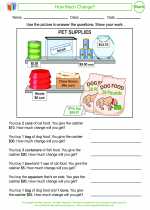 How Much Change?
How Much Change?  Activity Lesson
Activity Lesson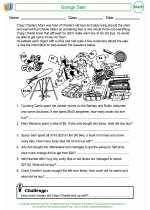 Garage Sale
Garage Sale  Activity Lesson
Activity Lesson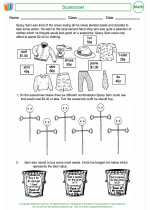 Scarecrow!
Scarecrow!  Worksheet/Answer key
Worksheet/Answer key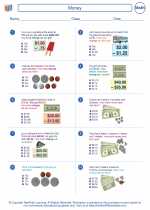 Money
Money  Worksheet/Answer key
Worksheet/Answer key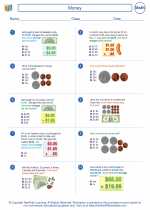 Money
Money  Worksheet/Answer key
Worksheet/Answer key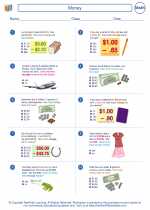 Money
Money  Worksheet/Answer key
Worksheet/Answer key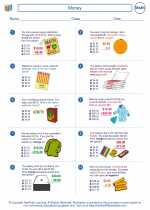 Money
Money  Worksheet/Answer key
Worksheet/Answer key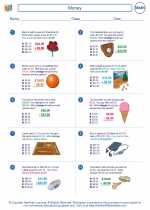 Money
Money  Worksheet/Answer key
Worksheet/Answer key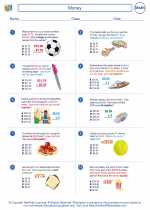 Money
Money  Worksheet/Answer key
Worksheet/Answer key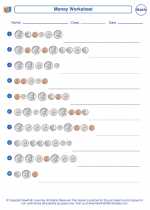 Money
Money 

 Activity Lesson
Activity Lesson
 Activity Lesson
Activity Lesson
 Activity Lesson
Activity Lesson
 Worksheet/Answer key
Worksheet/Answer key
 Worksheet/Answer key
Worksheet/Answer key
 Worksheet/Answer key
Worksheet/Answer key
 Worksheet/Answer key
Worksheet/Answer key
 Worksheet/Answer key
Worksheet/Answer key
 Worksheet/Answer key
Worksheet/Answer key
 Worksheet/Answer key
Worksheet/Answer key

Create And Print more Money worksheets with Money Skills Worksheets generator
The resources above cover the following skills:
Algebra (NCTM)
Use mathematical models to represent and understand quantitative relationships.
Model problem situations with objects and use representations such as graphs, tables, and equations to draw conclusions.